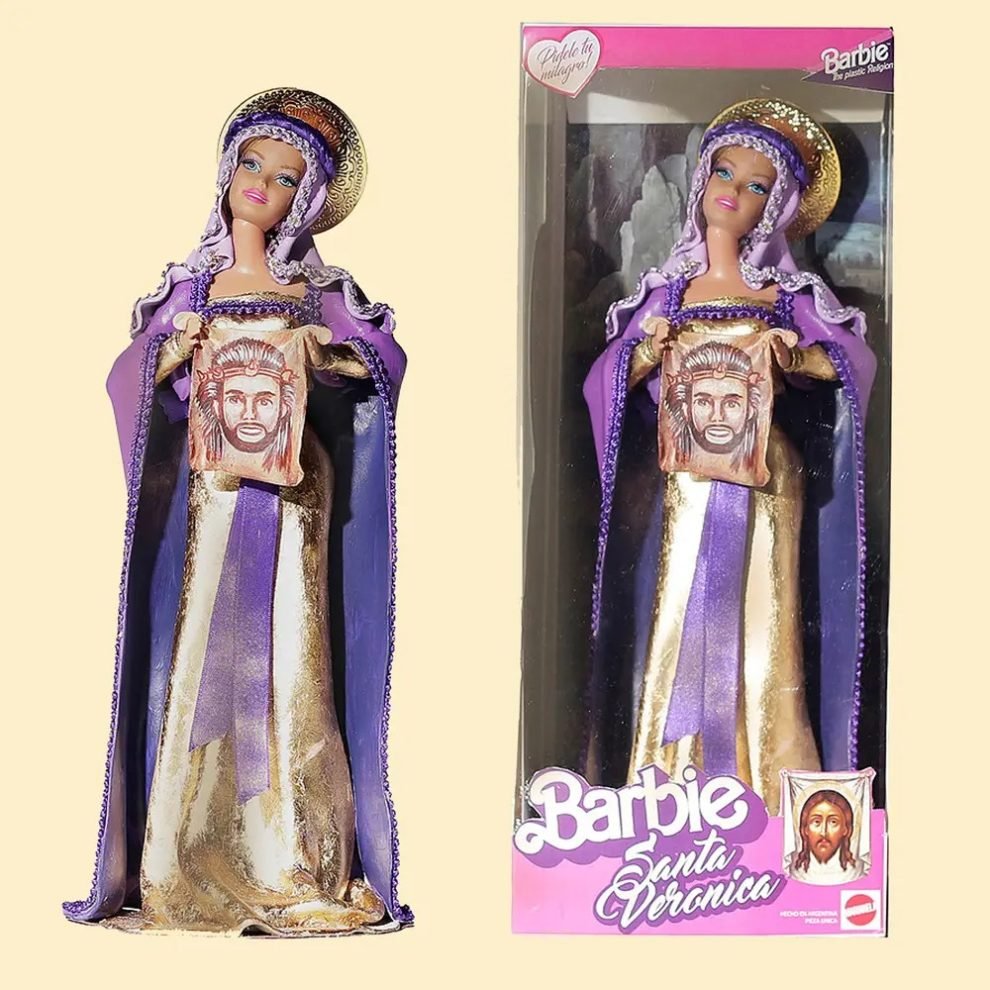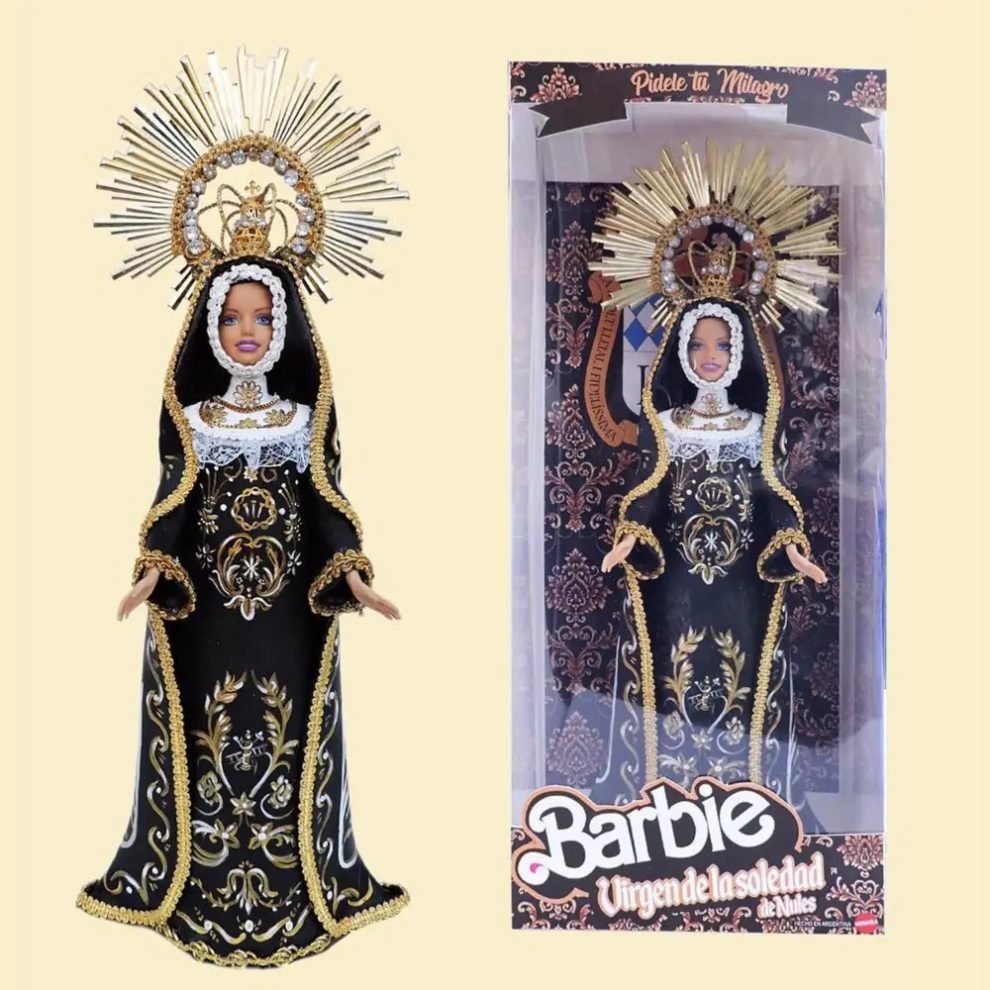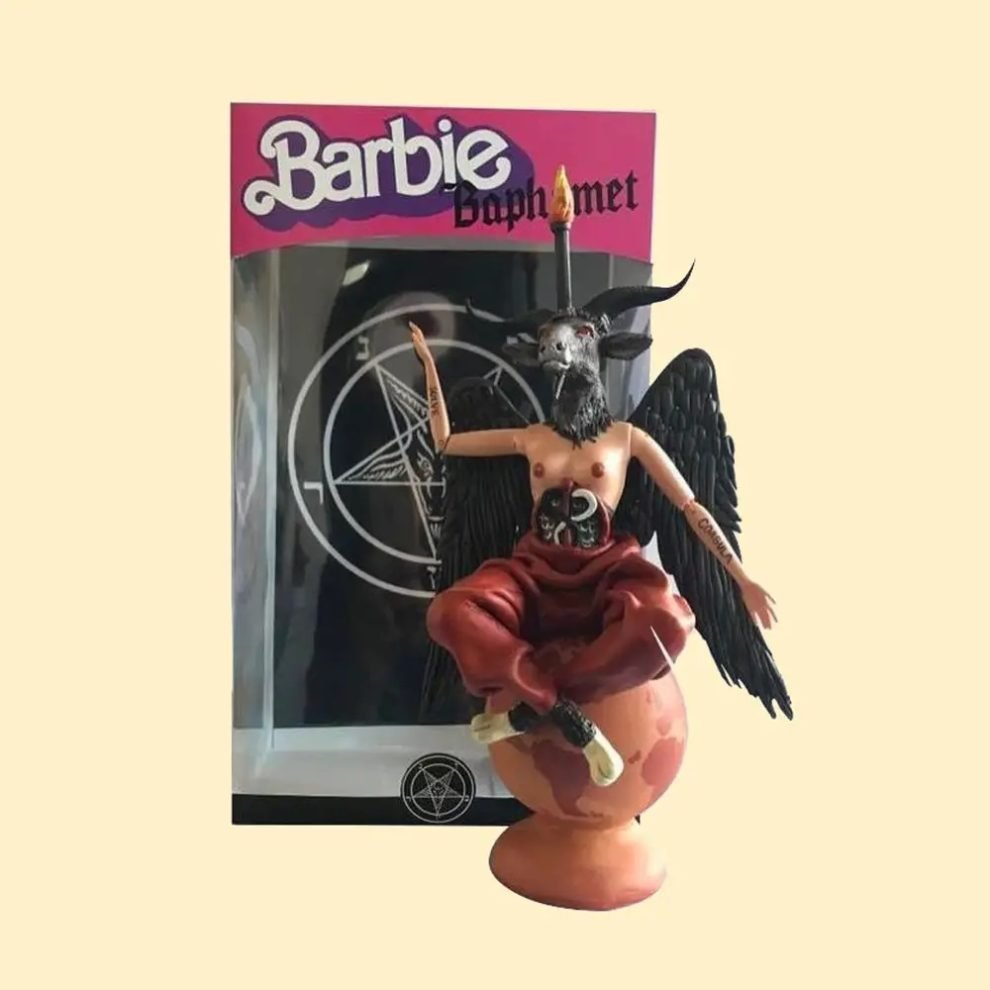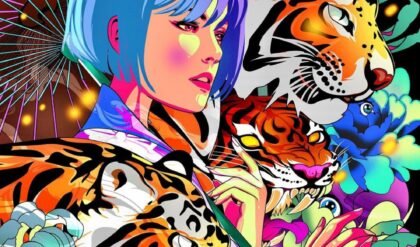
Barbie is renowned as the world’s most popular doll, yet she also represents consumerism, beauty ideals, and gender roles. However, can Barbie also embody spirituality, diversity, and tolerance? This is the essence of “Barbie: The Plastic Religion,” an art project by Argentine artists Marianela Perelli and Pool Paolini.
h/t: flashbak

In 2014, artists created 33 dolls representing various religious figures, including Jesus Christ, Buddha, Saint Patrick, Kali, Mary Magdalene, Virgin of Lujan, and Baphomet. These dolls were dressed in unique attire and accessories, and packaged in boxes resembling those of Mattel’s original dolls. Each doll was given a name and description, detailing its role and importance within its respective faith.

The artists stated their intention to celebrate the diversity and richness of human spirituality rather than offend or mock anyone’s beliefs. They also aimed to challenge stereotypes and prejudices associated with religion and culture. Barbie was chosen as a medium due to her universal status in pop culture and childhood, as well as her adaptability to different roles and situations.

The project received mixed reactions, with some praising it as a creative and original expression of art and spirituality, while others condemned it as disrespectful and blasphemous. The artists faced death threats from extremists opposed to their exhibition.

One of the most surprising responses came from Pope Francis, who accepted a gift from the artists: a Barbie doll dressed as the Virgin Mary, the patron saint of Argentina. The artists said that they were honored and grateful for his gesture, which showed his openness and humility.

“Barbie: The Plastic Religion” is a thought-provoking and captivating art project that challenges our preconceptions and biases regarding religion and culture. Additionally, it showcases Barbie’s potential as more than a mere toy, but rather a means of artistic expression, discovery, and conversation.














